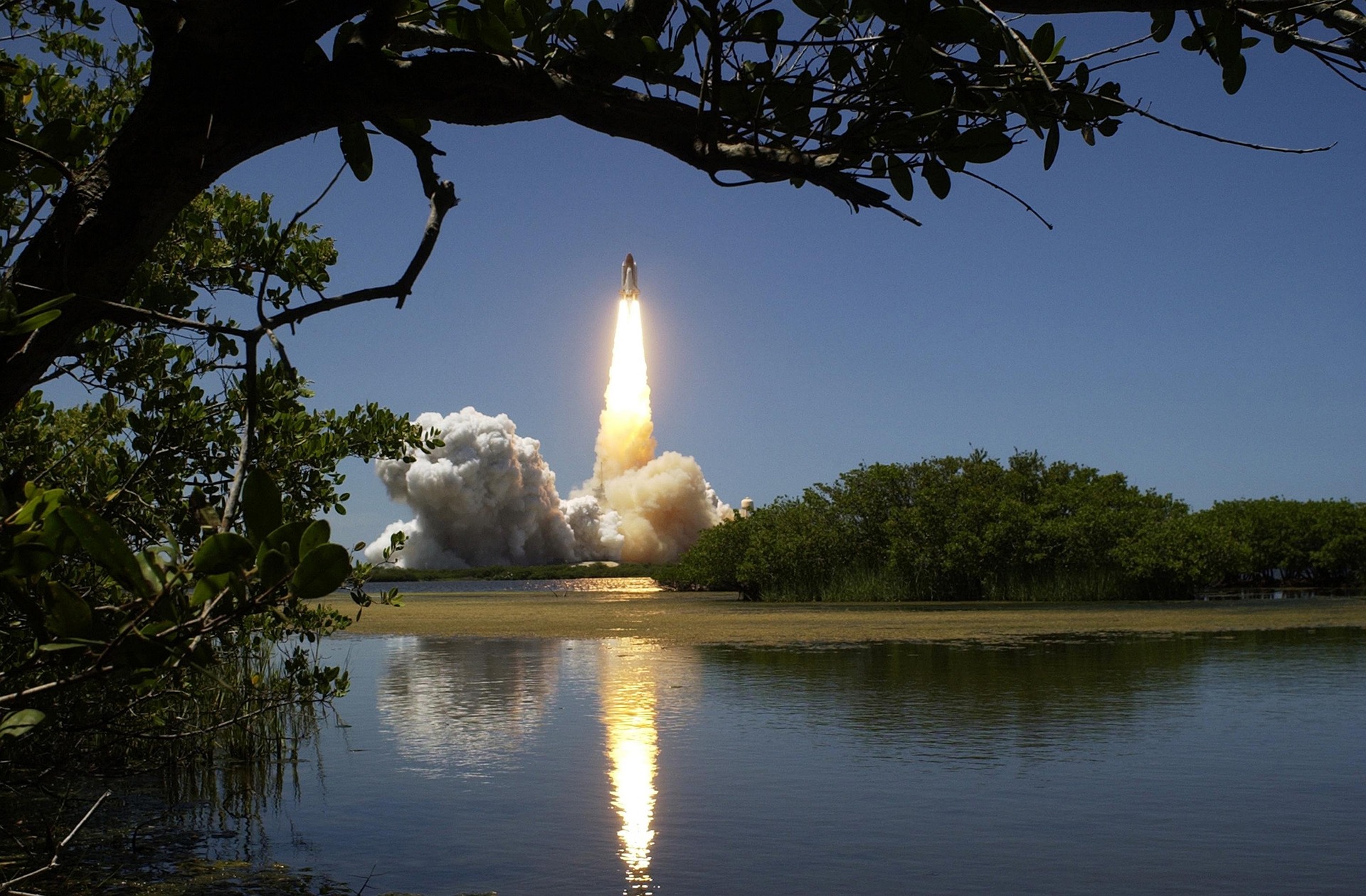Polish scientists from the Łukasiewicz Institute of Aviation are on a path to revolutionise space flight with a new type of a fuel that is undergoing intensive research. Is this the beginning of the space travel revolution?
Polish breakthrough in space travel fuels
In the field of space exploration, since the dawn of time, ecology and efficiency have been key challenges that scientists still have to deal with up to this day. Recent news from the Łukasiewicz Institute of Aviation brings a promising solution to these problems. Engineers and researchers at the institute report that they have successfully conducted a series of tests of a new rocket fuel that could drastically transform the future of space propulsion.[1]
It is an environmentally friendly, hypergolic fuel – capable of spontaneous ignition as soon as the ingredients are mixed. It has long been a dream of astronauts and space engineers.
“The propellant developed at Łukasiewicz – ILOT is a safer alternative for personnel and the environment to the currently used toxic materials – hydrazine derivatives and nitrogen oxides. The developed combination uses hydrogen peroxide (with a concentration of 98 per cent) as an oxidant and a novel fuel,” – institutional representatives report.[1]
The test results look very promising. The new fuel is characterised by a specific impulse in vacuum of 310 seconds and hypergolicity. This means that no additional ignition source is required, which greatly simplifies the design and allows for repeated use. “This is a significant step towards reducing the cost of propulsion systems and preparing satellites for flight. Our Polish fuel may become a standard for future generation satellite missions,” – says the director of the Space Technology Centre at Łukasiewicz – Aviation Institute, Adam Okniński, Ph.D.. [1]
One of its advantages is also its fast and reproducible ignition, which could find application in small engines for controlling and correcting the position of satellites. The material is readily available and used in industry, making it easy to implement.[1]
The Łukasiewicz – ILOT team of engineers and scientists has so far conducted more than 160 tests of the new fuel using a 20 N thrust engine designed for satellite propulsion – with a cumulative operating time of 2 minutes. The shortest engine activations lasted 10 ms, which meets the requirements of satellites in terms of the generation of short precision thrust pulses, the researchers reported.[2]
“This step brings us closer to the Polish fuel being able to become the new standard.” – says Łukasiewicz’s director, Adam Okniński, Ph.D.. [2]
Subsequent work will focus on introducing this innovative technology into new systems and subsystems being developed by key satellite integrators operating in the European and global markets.”[2]
The OSIRIS REx mission observations are an initiative of the University of Southern Queensland. We plan observations from an aircraft and three ground stations. Each station will be equipped with 1-2 platforms with several cameras. One of the cameras will be used to track and reconstruct the capsule’s trajectory. One – for high resolution recordings. One – to measure temperature. The remaining cameras will focus on the emissions of individual ions. NASA will support our observations and will additionally conduct its own observations from three aircraft. The goal of our mission is to develop an aerodynamic model that will determine the landing range of space junk, which is falling to the ground more and more often. This model could be used in early warning systems for falls in populated areas. One of our tasks is to determine the sample landing site live with an accuracy of several meters and direct NASA there. In addition to NASA and UniSQ, dozens of scientists will be involved, including: from JAXA (Japanese space agency), universities in Brisbane (UQ), Oxford and Stuttgart.
Maciej Grybko, PhD Student Researcher,
UniSQ Hypersonics and Rocketry,
University of Southern Queensland
This article has been authorized by the PhD Student Researcher at University of Southern Queensland, Maciej Grybko.
Bibliography:
[1] Article written based on an article “Polacy mają paliwo kosmicznej przyszłości?
“, PAP, 25.07.2023, URL: https://nauka.wiara.pl/doc/8397619.Polacy-maja-paliwo-kosmicznej-przyszlosci
[2] Article written based on an article “Naukowcy z Polski opracowali nowe paliwo rakietowe“, TVP NAUKA, 27.07.2023, URL: https://nauka.tvp.pl/71592508/naukowcy-z-polski-opracowali-nowe-paliwo-rakietowe
Jan Pawłowski


